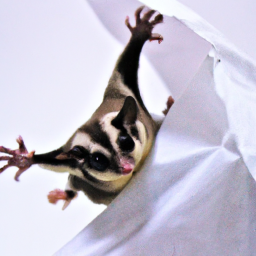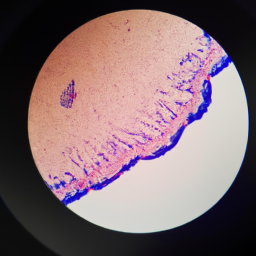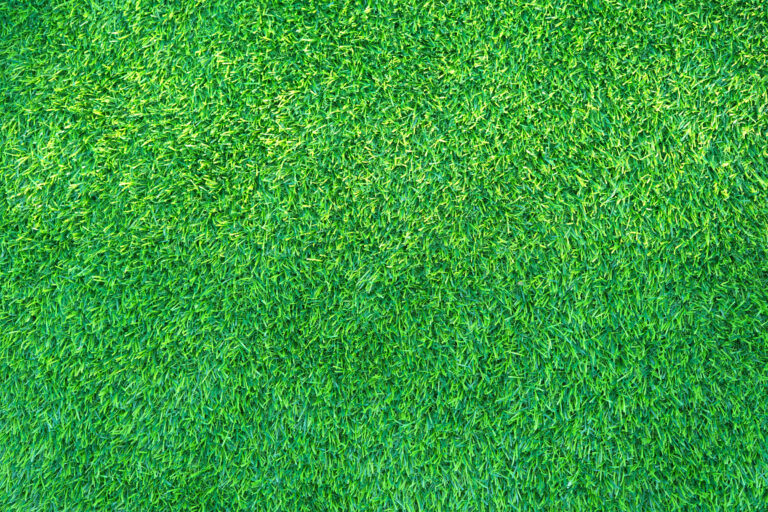What To Do If Your Sugar Glider Escaped
Hey there! So, you’ve found yourself in a bit of a situation – your sugar glider has somehow managed to escape. Don’t worry, I’m here to help you out! Sugar gliders may be small, but they can be quite the escape artists. In this article, we’ll discuss some steps you can take to increase the chances of finding your little furry friend and bringing them back home safely. Trust me, we’ll get through this together!
If your sugar glider has gone missing, it can be a stressful and worrisome experience. However, there are several things you can do to increase the likelihood of finding them. In this article, we’ll cover important steps such as searching your surroundings carefully, setting up virtual traps, and using familiar scents to guide them back. Losing your sugar glider can be tough, but with some patience and these helpful tips, you’ll be well on your way to a happy reunion. So, let’s dive in and get your sugar glider back where they belong!
What To Do If Your Sugar Glider Escaped
Having a sugar glider as a pet can bring endless joy and companionship. However, there may be times when your furry friend manages to escape its enclosure and go on an unexpected adventure. If you find yourself in this situation, it’s important to act quickly and calmly to ensure the safety and well-being of your sugar glider. In this article, we will outline the steps you should take to search for and capture your escaped sugar glider, as well as provide guidance on preventative measures and reintegrating your pet back into its enclosure.
Search for the Sugar Glider
The first step in locating your sugar glider is to thoroughly search the immediate area. Start by carefully examining every nook and cranny, paying close attention to hiding spots such as closets, cupboards, and under furniture. Sugar gliders have a natural instinct to seek out small, dark spaces, so be sure to check these areas thoroughly.
If you are unable to find your sugar glider during the day, it may be hiding and more active at night. Using a flashlight can help illuminate any hiding spots and make it easier to spot your pet’s reflective eyes. Remember to be patient and observant as you search, as sudden movements or loud noises may frighten the sugar glider away.
Don’t be afraid to seek help from neighbors or friends in your search efforts. They can assist in keeping a lookout or even provide valuable insight into potential hiding spots that you may have overlooked.
Set Up a Safe Trap
If your initial search proves unsuccessful, setting up a safe trap can greatly increase your chances of capturing the escaped sugar glider. Place a comfortable cage or trap in the area where you believe your pet may be hiding. Make the trap enticing by using bait that appeals to sugar gliders, such as fresh fruit or their favorite treats.
It is important to ensure that the trap is secure and escape-proof. Sugar gliders are agile climbers and can easily escape if the trap is not adequately sealed. Regularly monitor the trap to check for any signs of activity and make any necessary adjustments to improve its effectiveness.
Create a Familiar Environment
Creating a familiar environment can help attract your sugar glider back to its enclosure. Set up familiar sounds, such as playing recordings of other sugar gliders or their natural habitat. Leave out familiar scents, such as bedding or toys, to make your pet feel more at ease. Providing a comfortable hiding place, such as a small, cozy shelter, can also encourage your sugar glider to return.
To further entice your sugar glider to come back, keep the room warm. Sugar gliders are sensitive to temperature changes and may be more likely to seek shelter in a warm and familiar environment.
Use Scented Articles
Utilizing scented articles can help guide your sugar glider back to its enclosure. Place scent-soaked materials, such as a cloth or piece of clothing, near the trap to attract your pet’s attention. Using the sugar glider’s own bedding can also be effective in luring it back.
Additionally, you can sprinkle food scent near the trap to create a trail leading back to safety. Be cautious to use only safe and appealing scents, as strong or toxic scents may deter your sugar glider or pose a health risk.
Spread the Word
In times of need, it’s important to seek assistance from others. Notify your neighbors and local animal shelters about your missing sugar glider. They may be able to offer valuable insights or even spot your pet roaming in the area. Posting flyers with your sugar glider’s description and your contact information can also help spread the word and increase your chances of locating your furry friend.
Social media platforms are another great tool for reaching a wider audience. Share photos and a brief description of your sugar glider on your personal accounts and relevant community groups. Don’t forget to include any distinctive features that can help others identify your pet.
Contacting local veterinarians is also recommended. They may have seen or heard about your sugar glider and can provide guidance or support in your search efforts.
Stay Calm and Patient
While it can be distressing to have your sugar glider escape, it’s important to remain calm and patient throughout the process. Sudden movements or loud noises can startle the sugar glider and make it more difficult to capture. Instead, observe from a distance and wait for the right opportunity.
Avoid chasing or frightening your sugar glider, as this may lead to further disorientation or stress. Instead, react calmly and slowly if it makes an appearance. Gently coax your pet towards the trap using calm and reassuring gestures.
Prevent Future Escapes
Once your sugar glider is safely back in its enclosure, it’s crucial to prevent future escapes. Secure cages and enclosures to ensure there are no openings or weak spots that your pet can exploit. Regularly check for any signs of wear and tear and promptly repair or replace any damaged parts.
If your sugar glider has outdoor access, trim tree branches that may provide a means of escape. It’s also advisable to use deterrents, such as motion-activated sprinklers or sound devices, to keep predators away from the vicinity of your pet’s enclosure.
Consult with a Veterinarian
If you have concerns or questions about capturing your sugar glider, it is always best to consult with a veterinarian. They can provide professional advice based on their expertise and experience. Discuss any potential health risks or concerns you may have, and follow their recommendations for safely capturing and handling your pet.
Reward and Reintegrate
When you successfully capture your sugar glider, be sure to reward it for returning. This can help reinforce the bond and reassure your pet that it is safe and loved. Slowly reintegrate your sugar glider back into its enclosure, allowing it time to readjust and regain confidence.
Provide extra care and attention during the reintegration process to help your pet feel secure and comfortable. Monitor for any signs of stress or illness, and consult with a veterinarian if any concerns arise.
What Should I Do If My Sugar Glider Escapes Due to the Difficulty of Taking Care of Them?
If your sugar glider escapes due to the difficulty of taking care of sugar gliders, remain calm and search the immediate area quietly. Use their favorite treats to try and lure them back. Set up a warm, dark area with food and water, and check back frequently. Consider seeking professional help if needed.
Conclusion
Knowing what to do if your sugar glider escapes is crucial for its safety and well-being. Acting quickly and enlisting help from neighbors, setting up a safe trap, creating a familiar environment, using scented articles, spreading the word, and staying calm and patient are all important steps in locating and capturing your furry friend.
Taking preventative measures to secure enclosures, consulting with a veterinarian, and providing extra care during reintegrating are essential for the welfare of your sugar glider. Remember, a lost sugar glider can be found with determination, patience, and the right approach.





